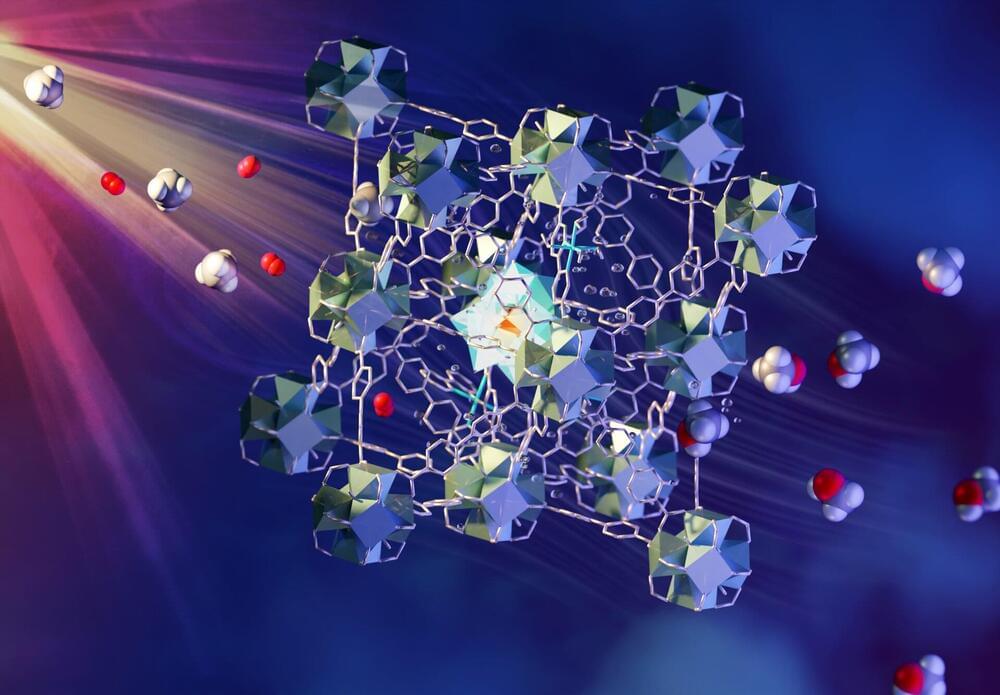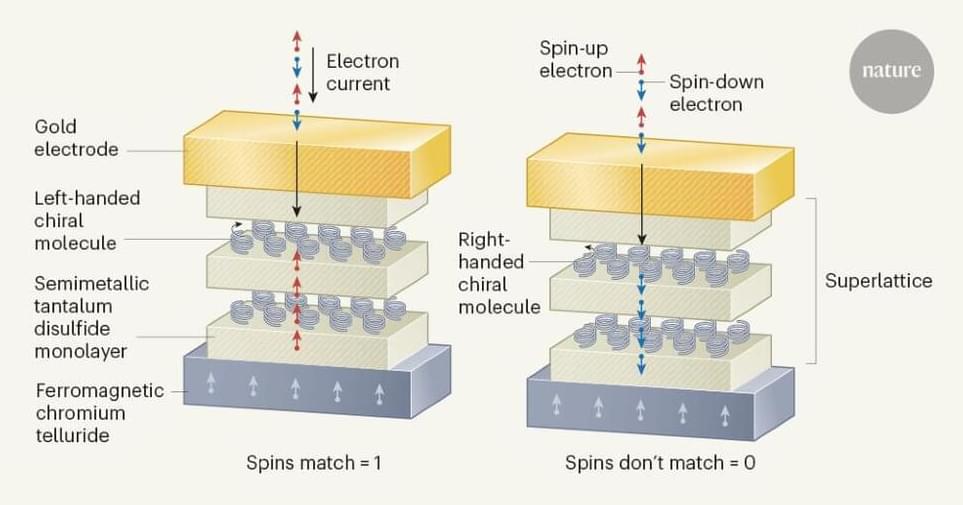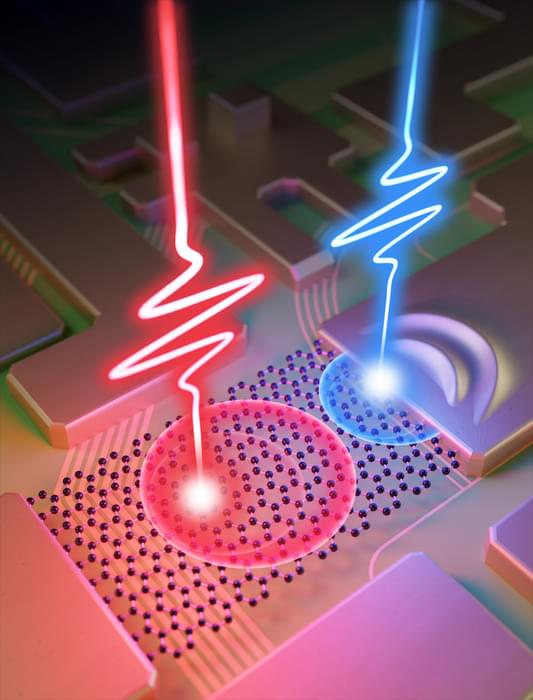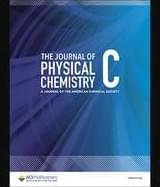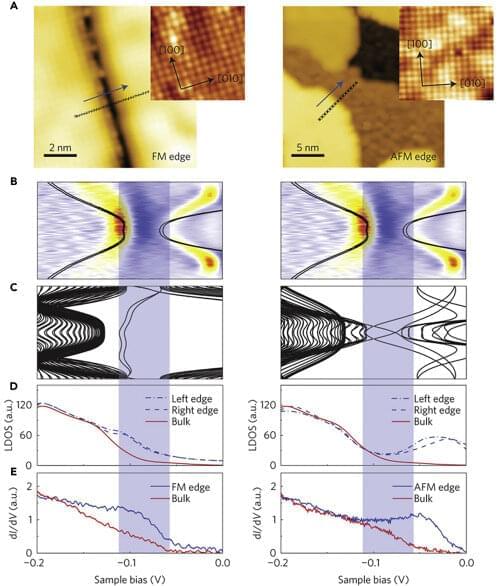Scientists have developed an efficient new way to convert methane into methanol at room temperature. The technique could help reduce greenhouse gas emissions and provide a cleaner way to make key products.
While carbon dioxide gets most of the attention, it’s not the only greenhouse gas changing the Earth’s climate. Methane is emitted in smaller amounts but is 34 times more potent, so reducing its levels remains a priority. Excess methane from industrial processes is often burned off, but that produces CO2.
A commonly sought alternative is to convert methane into methanol, which can be used to make a range of products like fuels, plastics and construction materials. The problem is, the conversion process usually requires high temperatures and pressures, which makes it energy-intensive.
